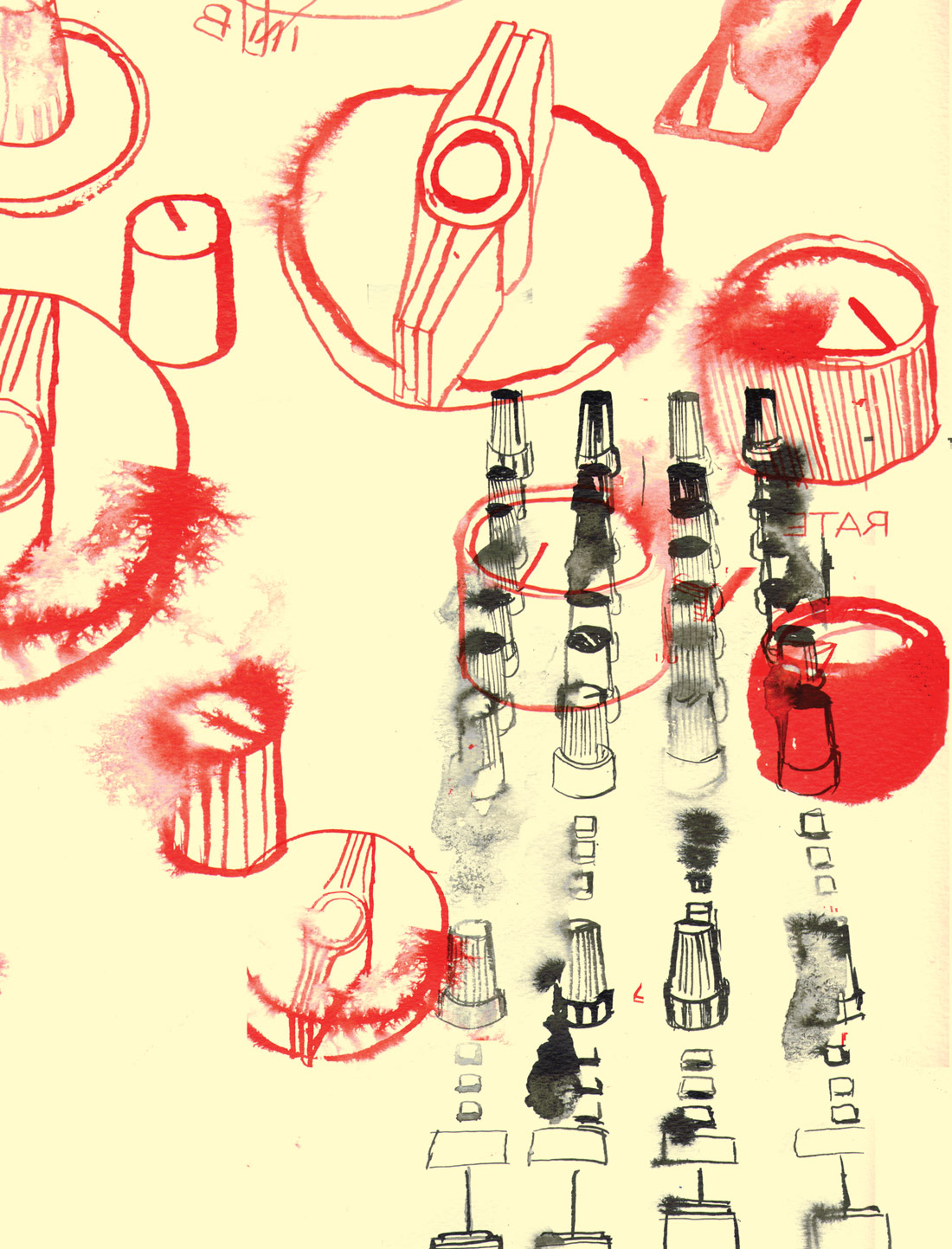In my composition work, I have spent countless hours assembling a virtual orchestra using a variety of libraries and numerous MIDI channels for each of the individual instruments that make up each orchestra section. Even after assembling a working template, there is always the struggle to get the instruments to gel together and sound like a cohesive group. I recently found the solution to this dilemma in a new orchestral sample library from ProjectSAM called Symphobia. The three-DVD library is PC/Mac compatible and works from within Native Instruments KONTAKT 2 sample player in standalone mode or as an AU/RTAS/VST plug-in. KONTAKT 2 is included, as is NI Registration Center software, required for authorization. The samples are presented as 24-bit, 44.1 kHz, requiring 18 GB on your hard drive. As usual, I tested Symphobia on my trusty Mac Dual G5 with 6 GB of RAM using Logic as the host.
Symphobia is mostly broken into two areas: orchestral ensembles and orchestral effects. There are also a few additional instrument sets including ethnic flute phrases performed on duduk, shakuhachi, and Native American flutes, as well as a gran cassa percussion set. The orchestral ensembles are available in close and stage-mic versions. The sound quality of both versions is amazing and alive, but I was more taken with the stage-mic presets as they really give you that big Hollywood sound. The samples are broken into five folders: string section (ensemble, effects, and keyswitches); brass section; woodwind section; strings/brass section; and solo string ensemble. The basic articulations (legato, pizzicato, portato, staccato, etc.) are all here, as well as some bizarre and extremely useful orchestral effects. Each section contains all of the full range of instruments from that section. So, for example, the string section is made up of contra basses, celli, violas, violins 2, and violins 1. Each string is mapped to its usual range with overlaps as they were recorded together at one time, as a group. This is the beauty of this collection; you don't have to simulate the sound of a string section playing together because they actually did play together. Even the position of the instruments in the stereo field is just as it would be in orchestra. All this added realism is a big bonus in orchestral mock-ups. I found immediate inspiration as I played through the included multi-sets. There was a bypass of the usual technical roadblocks into composition mode. All of the sections sound great and will see use in my studio for some time to come.
The orchestra effects section is made up of full orchestra and section hits, rips, clusters, and string glissandi. These are sounds that would be pretty much impossible to replicate unless you were recording an actual orchestra. The samples contained in the effects section are perfect for adding personality to any score. As it's difficult to describe the included effects, I suggest checking out the demos at www.projectsam.com to give you a clear sonic picture.
The Symphobia KONTAKT 2 player includes a variety of useful features from simulated legato, repetition, octaver, and master EQ to reverb, a cluster generator, and a function to change velocity.
I've only scratched the surface of what is contained within this package, but in the real world of tight deadlines, Symphobia has proven to be indispensable. I know the price isn't cheap, but my scores sound fuller, more realistic, and I'm able to work faster. For me, that is money well spent. I have used ProjectSAM products for a number of years, and I see Symphobia as a logical progression in their already excellent product line. If you compose orchestral scores using samples and virtual instruments, you should check out Symphobia -now! ($1399.99 MSRP; www.projectsam.com)
Tape Op is a bi-monthly magazine devoted to the art of record making.




_disp_horizontal_bw.jpg)